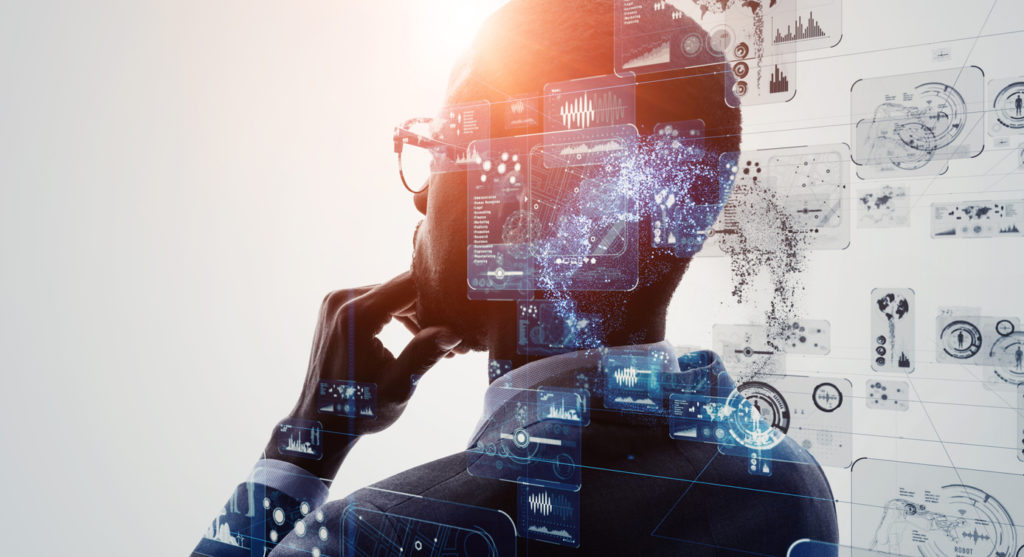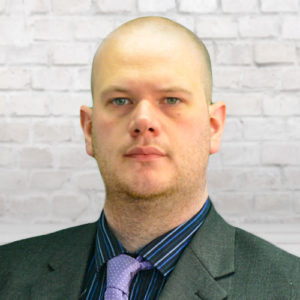For years technology has arguably enticed the human race towards unwittingly becoming a tribe of slouch backed, square-eyed zombies, incapable of interacting with anything more life-like than a remote control or telephone keypad. As we move into 2014, technology looks to focus on bucking this trend and breaking the lifestyle technology has seemingly inspired.
At the forefront of this battle are wearable tech devices. The younger siblings of the LCD pedometer have diversified into an incredible line-up of different ‘gadgets’ that aim to improve or solve almost every conceivable situation related to your personal health. A personal trainer, doctor and nagging mother bundled into one marketable device range. Sounds fantastic? Bear with me.
Let’s set aside, for now, the nano-pill-cams, intelligent nappies, anti-slouch sensors and smart socks, important as they are. Let’s look first at personal health monitoring. Nowadays there are a slew of apps, clip-on devices and wristbands available that can diarise your food intake, exercise and sleep quality in a convenient way. There is also a range of more advanced vital sign trackers aimed at the professional healthcare industry, which report back statistics such as your heart rate, respiration rate, blood oxygen levels, perspiration, body temperature and oxygen consumption. Providing this data source can be invaluable in giving a more accurate view on day-to-day condition of a patient and ultimately improving the care received.
Nutritional values are now a regular feature of food on sale on our shelves on pre-packaged meals. Imagine sitting to eat your home made feast at the end of a long day, made from fresh ingredients just as Ainsley instructed, with no red, amber or green labels in sight. How will you record this accurately in your intake diary? In steps ‘augmented nutrition’, shining a light on your food and measuring the light reflected back it can report precisely on the chemical composition of your food giving you the information usually found on a microwavable pack. I’m sure it will also include the traffic light system to enhance the overall user experience.
Turning more specifically to the professional healthcare industry, Philips already demonstrated how Google Glass could integrate into the operating room and the benefits this could bring. Aside from the obvious vital signs dashboard and remote patient monitoring being pushed, being able to tap into patient medical history at a glance and providing first-person point-of-view video for training purposes are two big areas of potential development. Also imagine the benefits in these scenarios:
- A paramedic arriving at a road traffic accident being able to live stream back to the casualty department, the patient’s status and associated trauma suffered allowing vital time to prepare.
- A visiting nurse seeing patients in their own home and being able to record video and capture images of the patient’s wound and sending this directly to the patients electronic health record.
- A nurse scanning the medication they are about to give the patient and confirming the correct drug and to the right patient, possibly stopping a medical error.
- A physical therapist seeing past sessions with a patient from previous recordings, overlaying their current range of motion, identifying progression and areas to target.
But this is a new area of growth, still wet behind the ears and it may be some time before this type of innovation makes its way into the hands of professionals.
With all the benefits that this sector of technology promises, I am sure there will still be those naturally reluctant to fully embrace it and lend it their trust. It may take time before it becomes second nature for us all to dash around with techy wrist-wraps, Star Trek glasses and socks that tell you how to run. But we’ve moved away from telephones with a rotary dial and a 1.5m cable length. We’ve started paying for our shopping with little bits of plastic. We’ve even accepted the last change Facebook made to its layout. As with most modern developments in technology, and in life as a whole, the most successful products are convenient, intuitive and focus just as much on the user experience as it does on the practical functionality and styling flair. They have to be reliable and responsive to feedback from the public.
Worldwide spending is set to grow in this marketplace by twenty fold over the next five years. The concept is there for an exciting expansion of this relatively new area of technology and, eventually, the trust will come.



